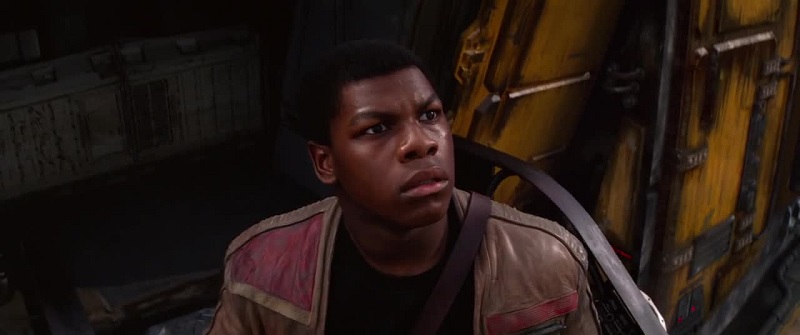(this article contains spoilers after the intro)
It’s a good thing I’m writing an analysis and not a strict review,  because it’s hard to be objective about Leia: Princess of Alderaan. I’ve long wanted a young Leia book, and there were only three authors that I trusted to write it: Martha Wells (Razor’s Edge), Alexandra Bracken (The Princess, The Scoundrel, and the Farm Boy), and Claudia Gray (Bloodline) — and we got Claudia Gray! From the moment this book was announced at Celebration Orlando, I knew I’d love it — and my sky-high expectations were met. What expectations were those? Well, I wanted a story that did credit to my favorite Star Wars film character and showed us the development of her political heroism that ends up being the driving force of the rebellion. And that’s what we got.
because it’s hard to be objective about Leia: Princess of Alderaan. I’ve long wanted a young Leia book, and there were only three authors that I trusted to write it: Martha Wells (Razor’s Edge), Alexandra Bracken (The Princess, The Scoundrel, and the Farm Boy), and Claudia Gray (Bloodline) — and we got Claudia Gray! From the moment this book was announced at Celebration Orlando, I knew I’d love it — and my sky-high expectations were met. What expectations were those? Well, I wanted a story that did credit to my favorite Star Wars film character and showed us the development of her political heroism that ends up being the driving force of the rebellion. And that’s what we got.
Leia: Princess of Alderaan is a coming of age story: the narrative is book-ended by a particular Alderaanian rite of passage for the royal heirs, and it’s Leia’s relationship to her homeworld, her parents (Queen Breha finally gets a chance to shine, and gets developed in depth!), and Leia’s nascent awareness of a growing rebellion against the Empire that forms the framework for this story. It’s about relationships, and Leia maturing as a person and as a political leader. You’ll hear from Sarah Dempster on Monday about Leia’s relationships with her parents (particularly her mother) — today I’d like to talk about Leia’s political awakening and her involvement with the rebellion.
This isn’t a Star Wars book with moral gray areas. The Empire is clearly the villain in this story, whether we’re talking about Leia’s point of view or the Empire’s role in the story. But that doesn’t mean it’s an easy question whether the Empire should be fought, because fighting carries consequences for Leia and those she loves. While the audience knows about the fate of Alderaan, Leia doesn’t. For her, the dangers are hypothetical — but they’re no less certain.
There are spoilers under the cut — do NOT continue if you haven’t read this book!

![51gF3dYpeTL._SX329_BO1,204,203,200_[1]](http://eleven-thirtyeight.com/wp-content/uploads/2015/09/51gF3dYpeTL._SX329_BO1204203200_1.jpg) As it happens, we were long planning a series of pieces called “Gray Matters” on how the various sides in Star Wars are and ought to be portrayed in the new canon. Our first piece was either going to be about the Empire or the Rebellion, where we would discuss the comparative pitfalls of black and white morality vs moral grays and try to come up with a solution that was morally nuanced but still fit the morality tale that is the Star Wars saga. And lo – here came a novel called Lost Stars by Claudia Gray, featuring of all things a narrative about just how decent people serve as Imperial Loyalists. The coincidence (and the now doubly punny title) was impossible to ignore, so here we are!
As it happens, we were long planning a series of pieces called “Gray Matters” on how the various sides in Star Wars are and ought to be portrayed in the new canon. Our first piece was either going to be about the Empire or the Rebellion, where we would discuss the comparative pitfalls of black and white morality vs moral grays and try to come up with a solution that was morally nuanced but still fit the morality tale that is the Star Wars saga. And lo – here came a novel called Lost Stars by Claudia Gray, featuring of all things a narrative about just how decent people serve as Imperial Loyalists. The coincidence (and the now doubly punny title) was impossible to ignore, so here we are!